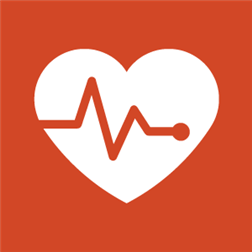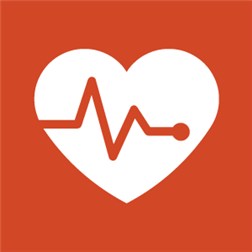 Until fairly recently, healthcare services were immobile causing difficulty and often long treks for those living in remote areas. Not only was access to medical services stationary, but so was access to medical literature and educational health resources—often stored in specialized medical libraries with limited access. It is mind boggling for me to think that only just recently, in the past 2-5 years, that our medical records were in paper format; bound to the offices of GPs. Now, our medical history is becoming electronically centralized for protected access by medical professionals who need a complete picture to make the best medical decisions for us. But this wasn't always the case.
Until fairly recently, healthcare services were immobile causing difficulty and often long treks for those living in remote areas. Not only was access to medical services stationary, but so was access to medical literature and educational health resources—often stored in specialized medical libraries with limited access. It is mind boggling for me to think that only just recently, in the past 2-5 years, that our medical records were in paper format; bound to the offices of GPs. Now, our medical history is becoming electronically centralized for protected access by medical professionals who need a complete picture to make the best medical decisions for us. But this wasn't always the case.
Interoperability
While moving to a digital format was the first step, the next major hurdle is interoperability. Medical records are being documented electronically, but each healthcare provider has their own proprietary system making it extremely time consuming to share information between hospitals, pharmacies and primary care physicians. We are only on the brink of solving this issue as healthcare providers begin to move to interoperable systems and meet eHealth standards. What exactly are the eHealth standards you ask? Essentially, unified eHealth standards ensure that:
- Information is stored in common formats,
- Information is encrypted and compressed in readable formats,
- Information is equipped with error detection and correction functions, and
- Information is secured with common addressing structures
While healthcare providers are quickly scrambling to get up to date with the aforementioned standards, electronic healthcare is advancing at a rapid pace making it even more difficult to keep up. The following three emerging trends in eHealth will help to explain how eHealth standards will evolve now, or in the near future.
Mobile Healthcare
Remote healthcare and diagnostics use telecommunication networks and information technology for remote clinical care, diagnostics, and electronic patient monitoring. Developments in this area are enabling doctors to provide medical assessments and treatments remotely via Skype-like software and monitoring devices. As mobile diagnostic technologies such as MRI and ultrasound devices are becoming more affordable and compact, patients in remote locations are getting better treatment from specialists.
Personalized Medicine
According to the National Cancer Institute, personalized medicine is “a form of medicine that uses information about a person’s genes, proteins, and environment to prevent, diagnose, and treat disease”. This area of medicine relates to eHealth due to the following factors:
- Computationally intensive digital computing resources are required to decode and calculate personalized medical records from biological samples
- ICTs are required to store and transmit personalized information
- eHealth encoding standards will need to be unified so that biologically derived information can be usefully shared
Personalized medicine will be technically reliant on ‘personally controlled electronic health records’ in which it is crucial that all healthcare information systems are interoperable so that information can be gathered from heath providers, pharmacies, clinical laboratories, hospitals and the like.
Social Media and Health 2.0
Don’t worry—this doesn’t mean that Facebook is going to be the centralized hub for your health records. Rather, social media applications and web 2.0 technologies are going to transform healthcare with capabilities similar to Facebook. A disruptive innovation that is taking the market by a storm is platforms that allow patients to manage their own health records. With these new technologies, patients are able to control their own information and share it with health institutions rather than the other way around. Implications for standardization and interoperability are huge with these disruptive technologies as patients will only be able to share health records electronically with information systems that are compatible.
Take Away's
What are the major take away from these three emerging trends in eHeath? For starters, technology is changing fast allowing for more efficient and effective medical services (especially from remote locations). Secondly, when healthcare organizations bring on new information management systems, it is extremely important that they do their research in order to know what the interoperability and compliance standards are. And lastly, for eHealth technology developers, interoperability is king. Without it, we are going to continue to produce massive silos of data that will be essentially useless towards the advancement of patient outcomes and medicine.
If you want more information on education in healthcare, we have some more information for you. Today’s healthcare landscape is focused on the efficient delivery of effective patient outcomes. Competency based training (CBT) and learning is an increasingly popular solution to help clinicians move in systems that pressure them to do more with less. Download this complimentary guide to learn more about how CBT can be utilized in healthcare.





